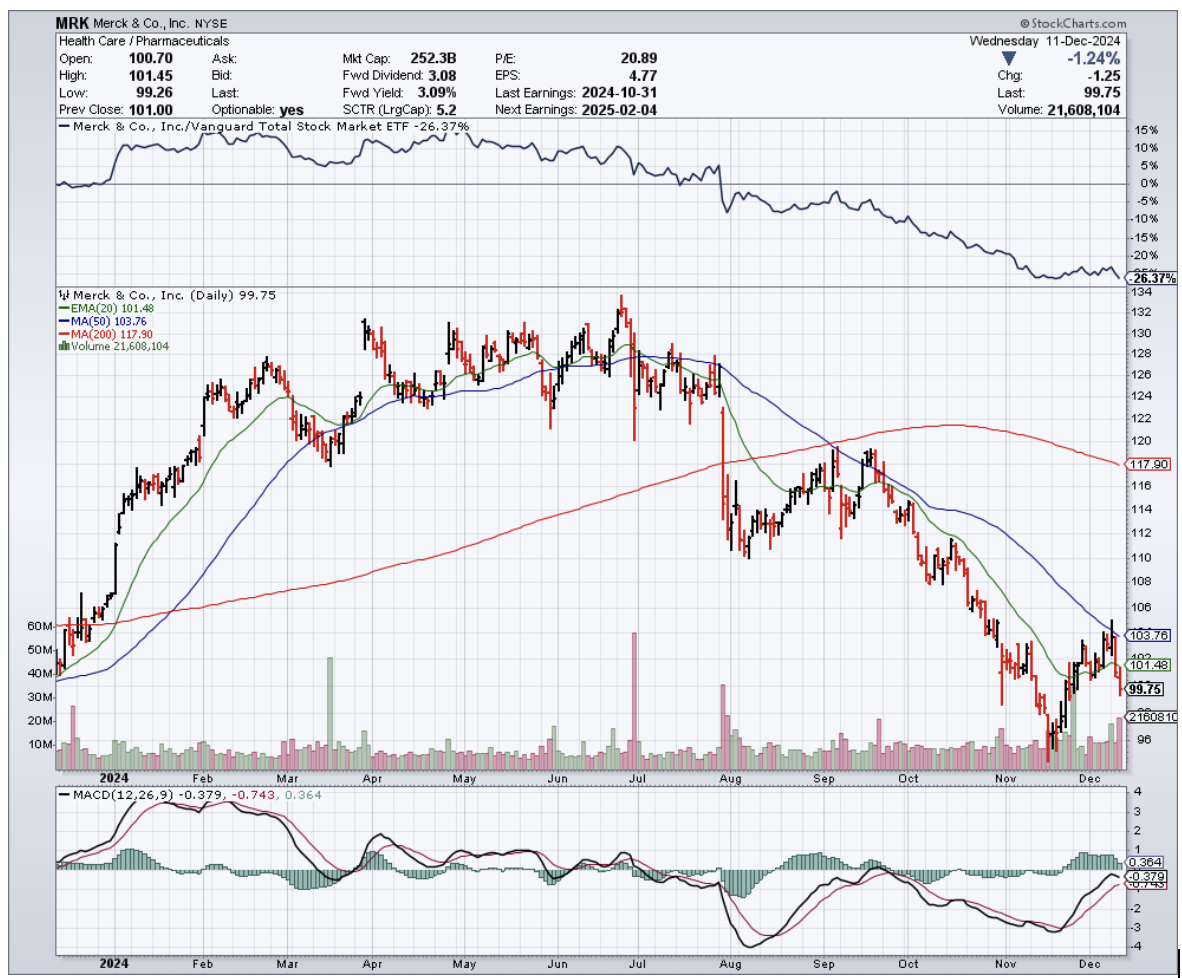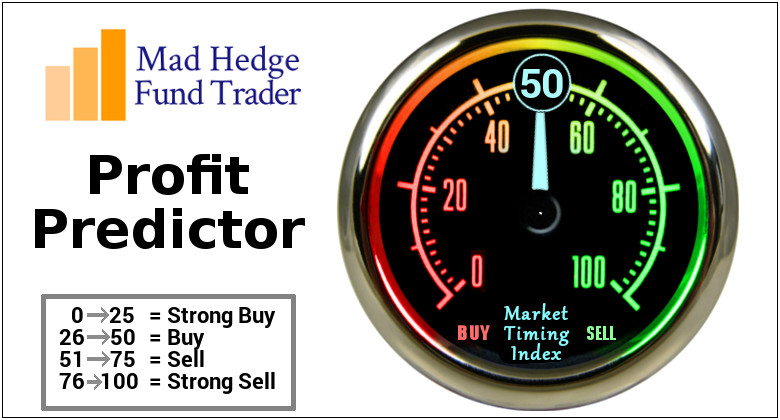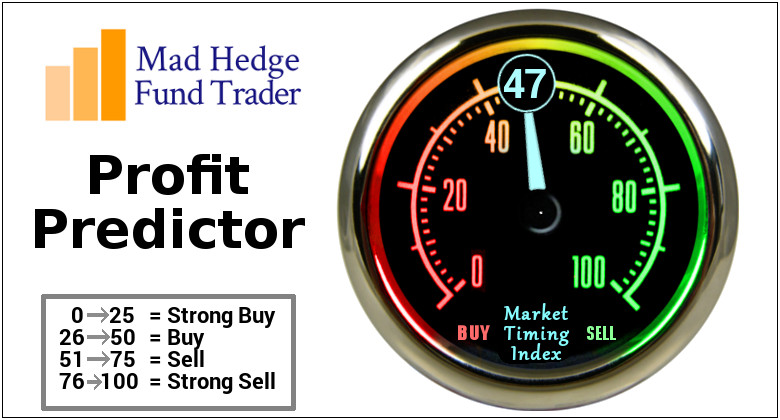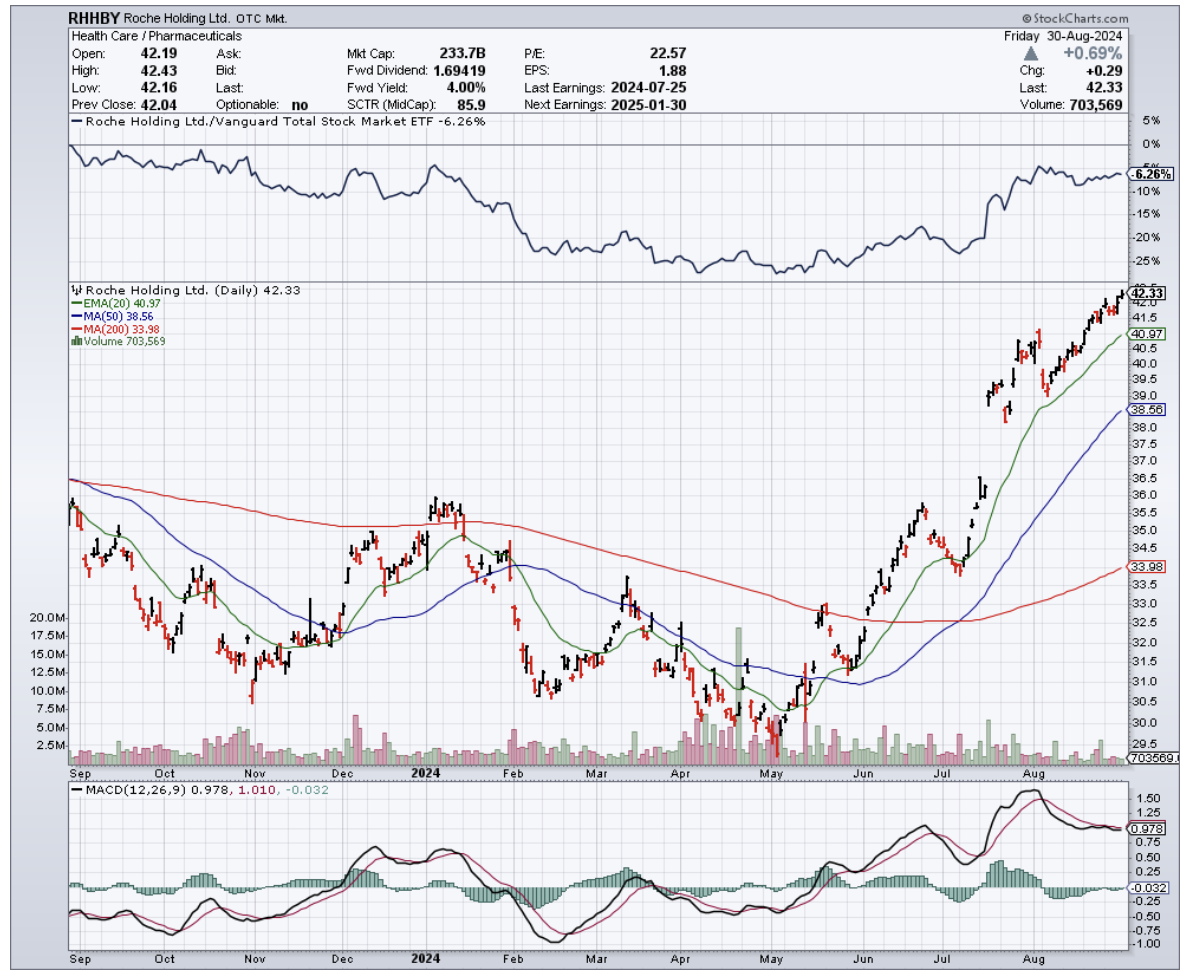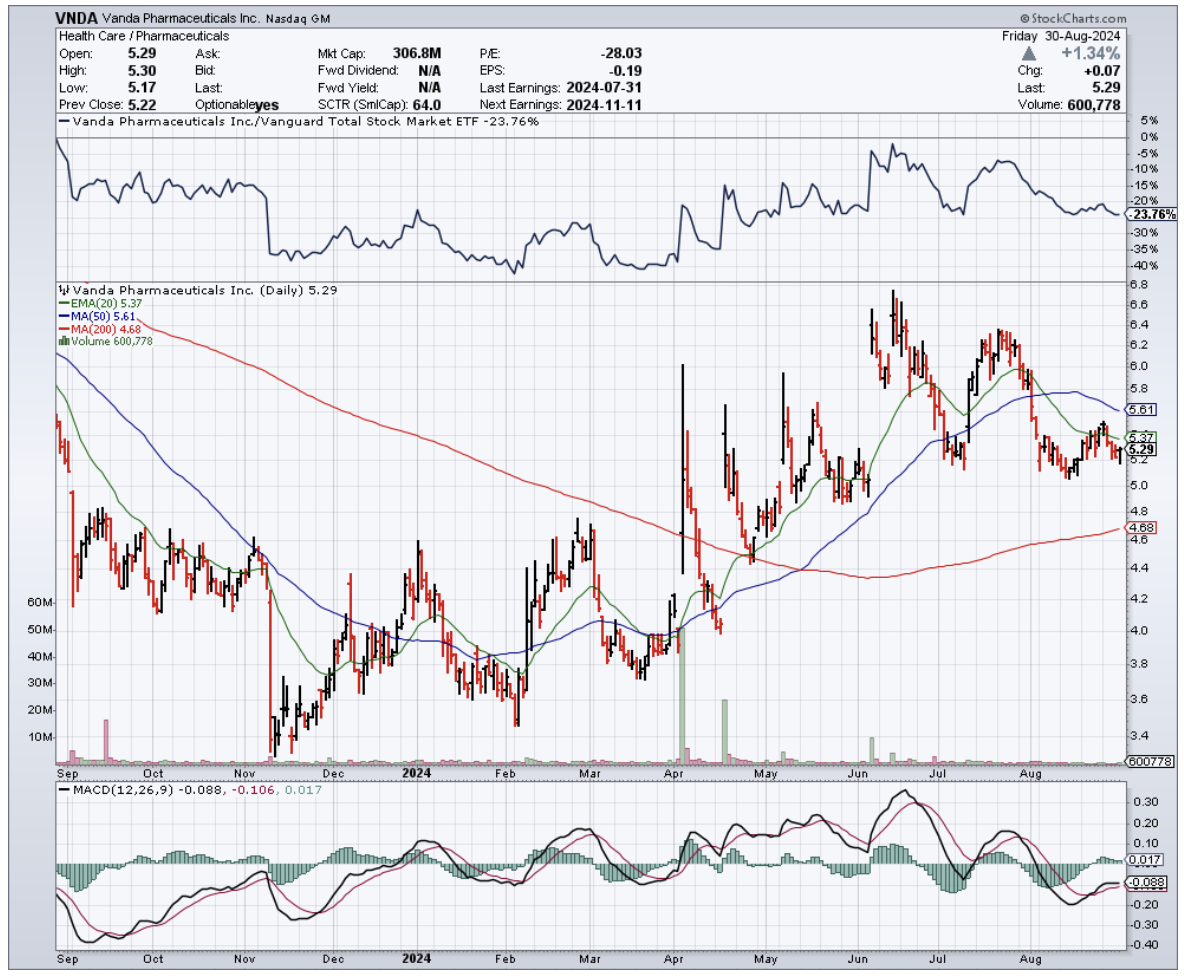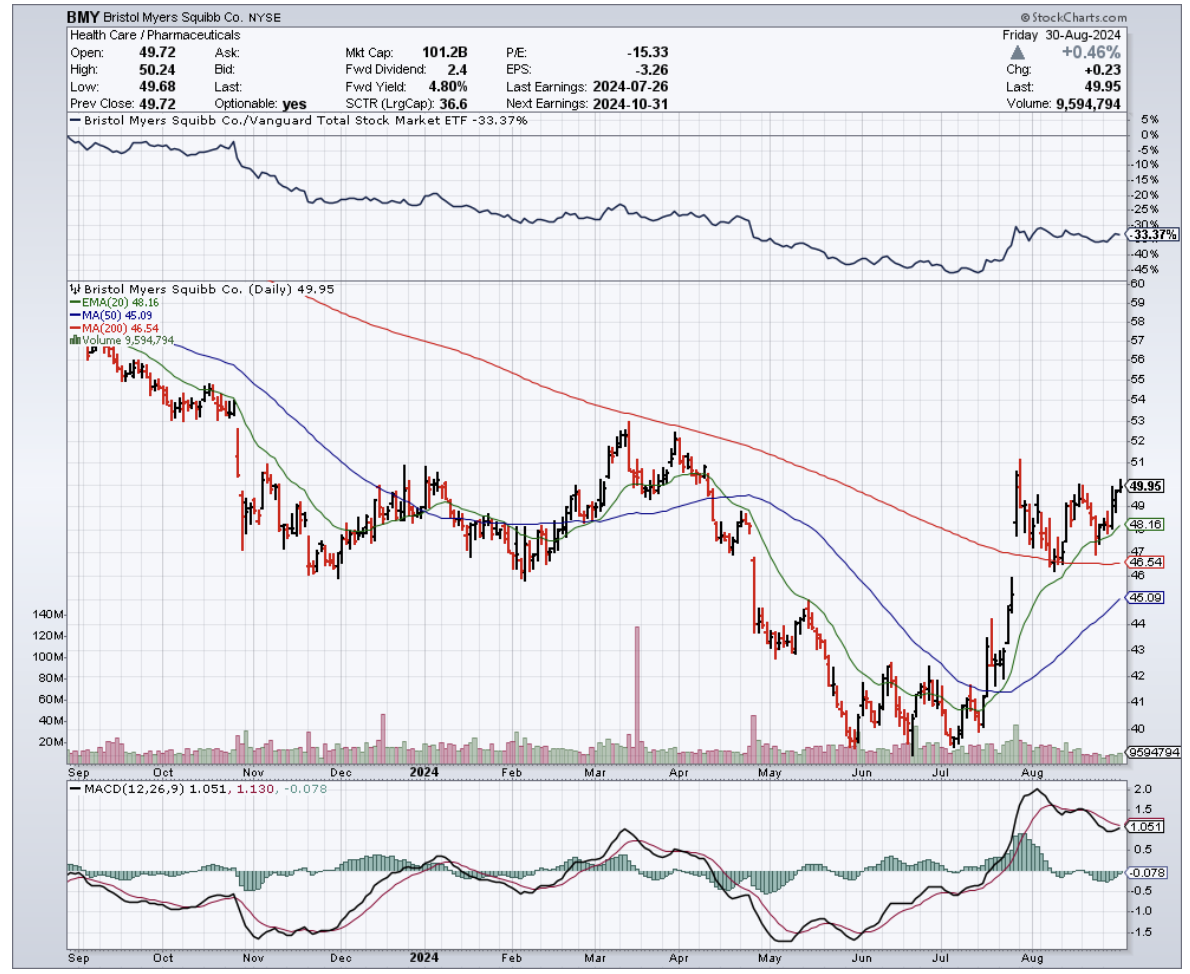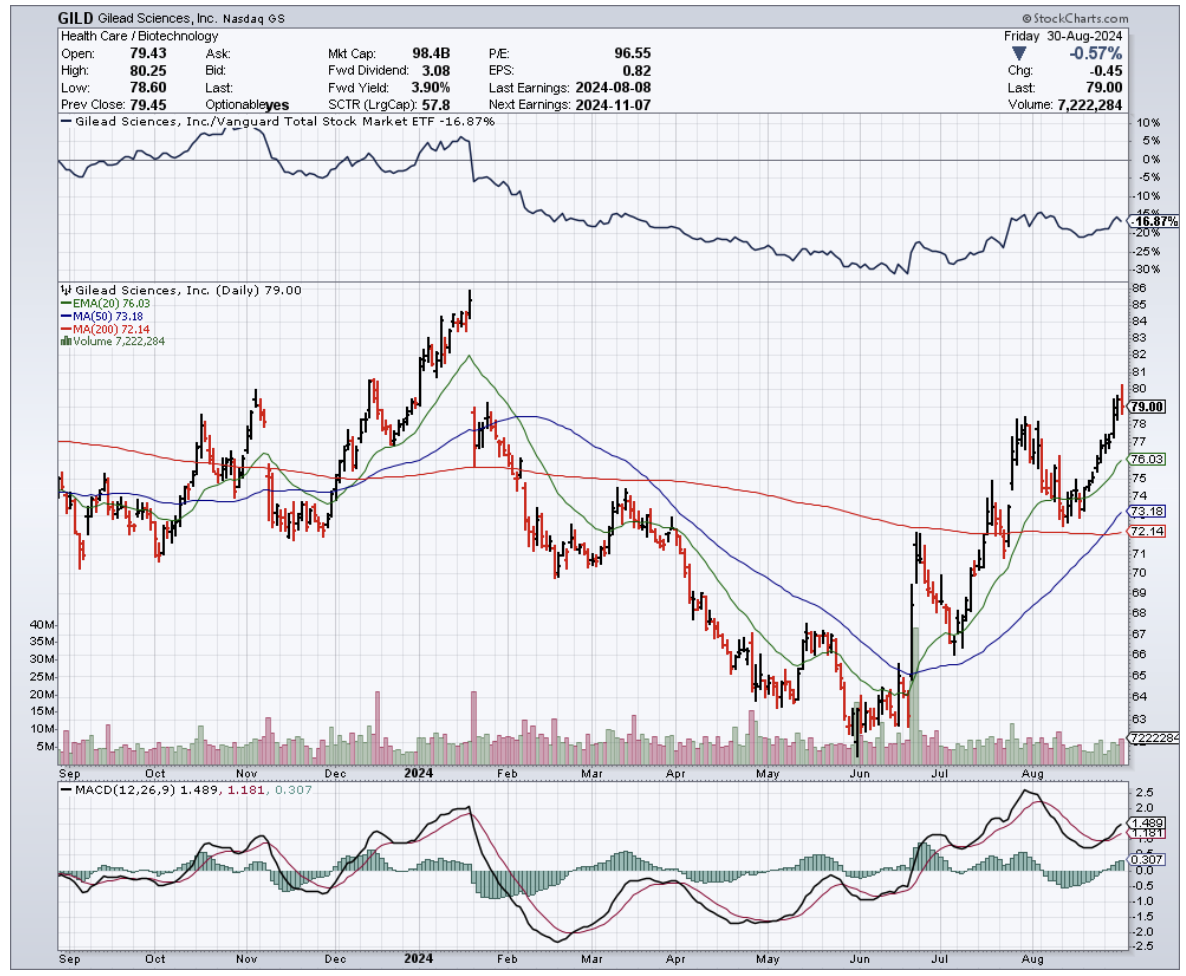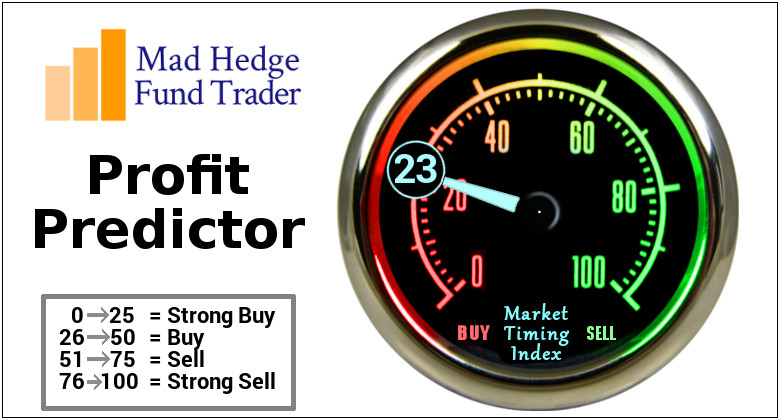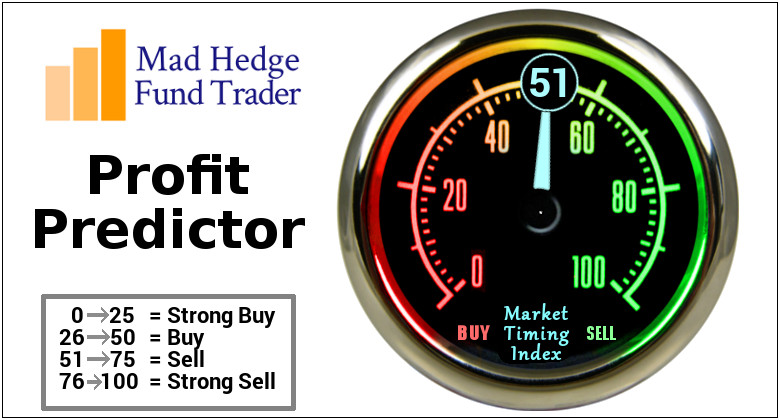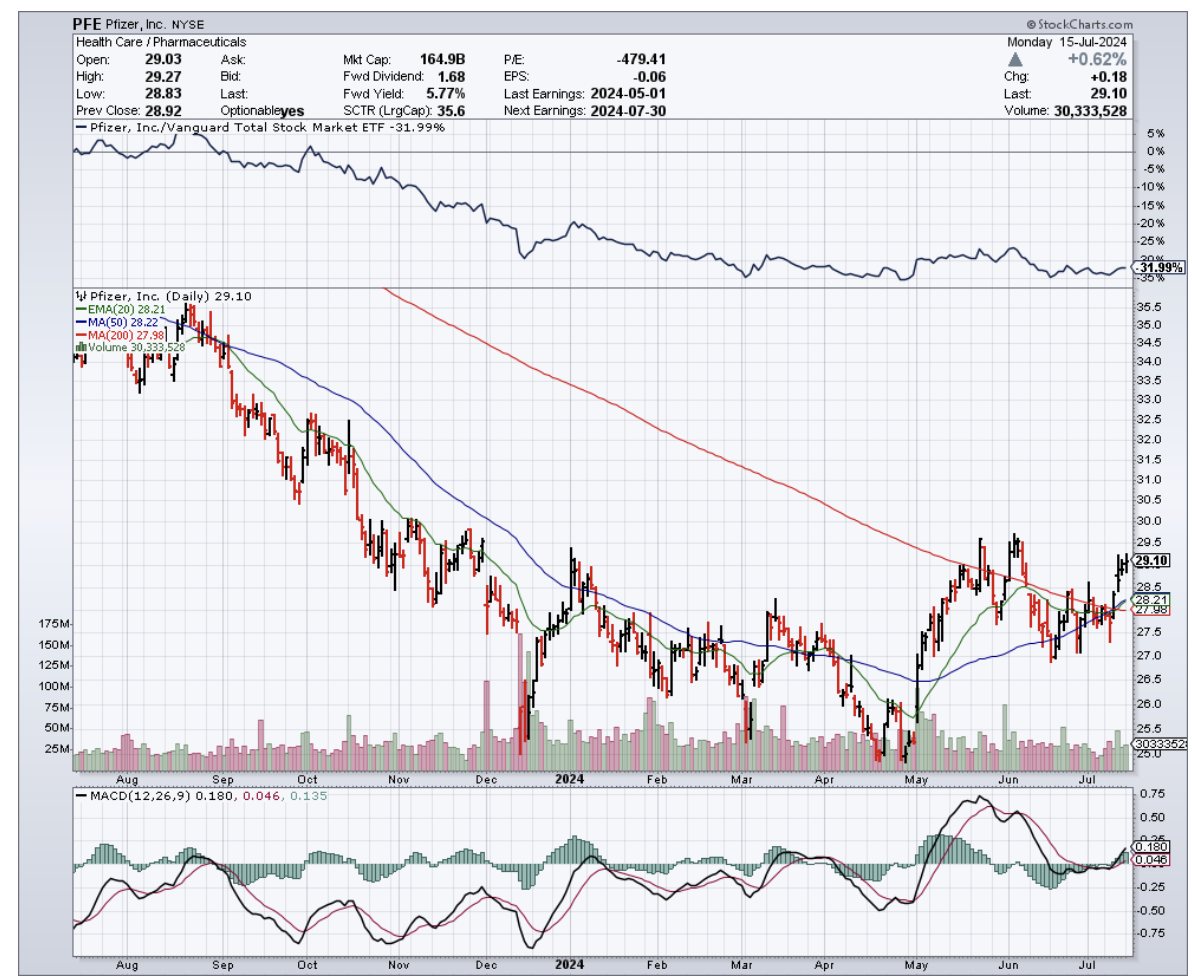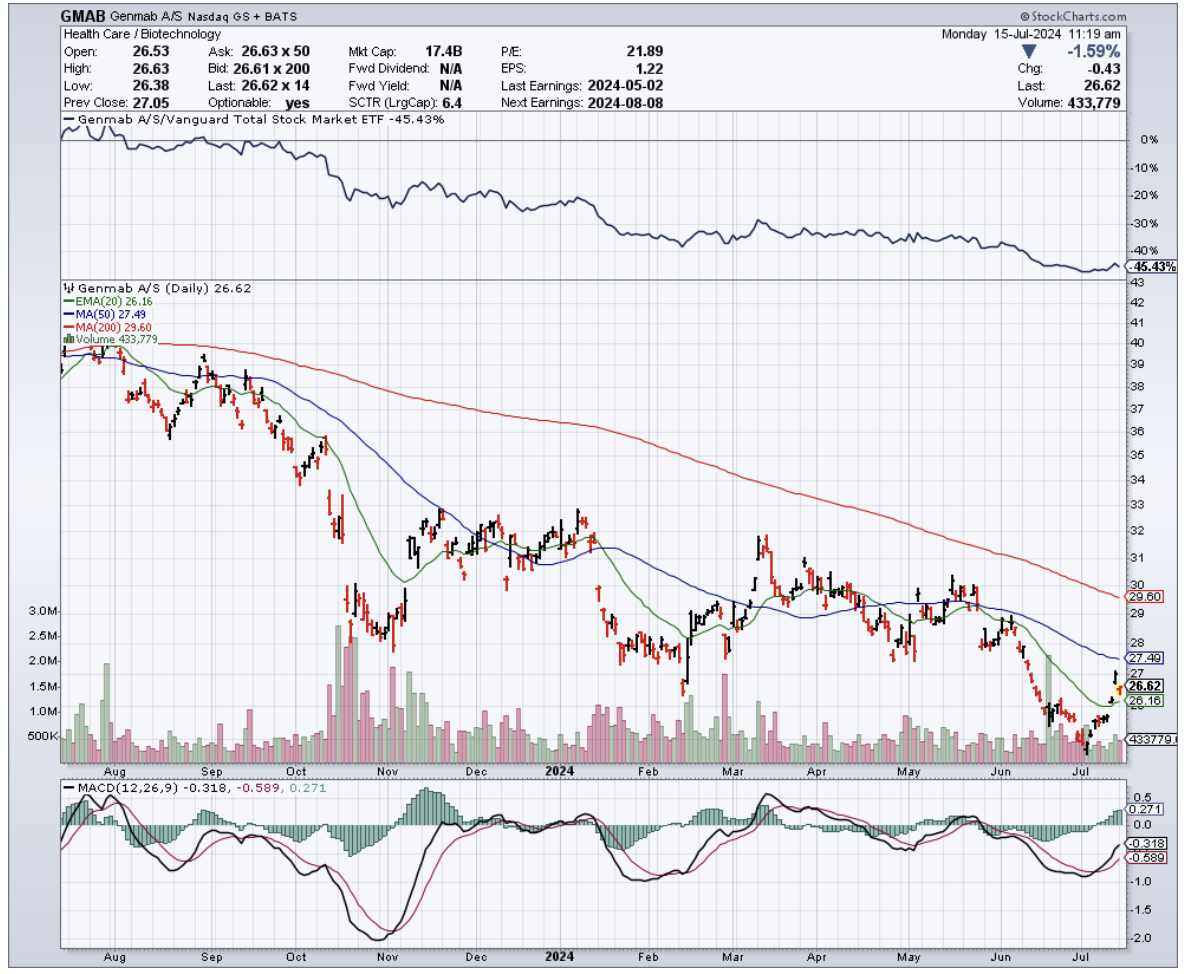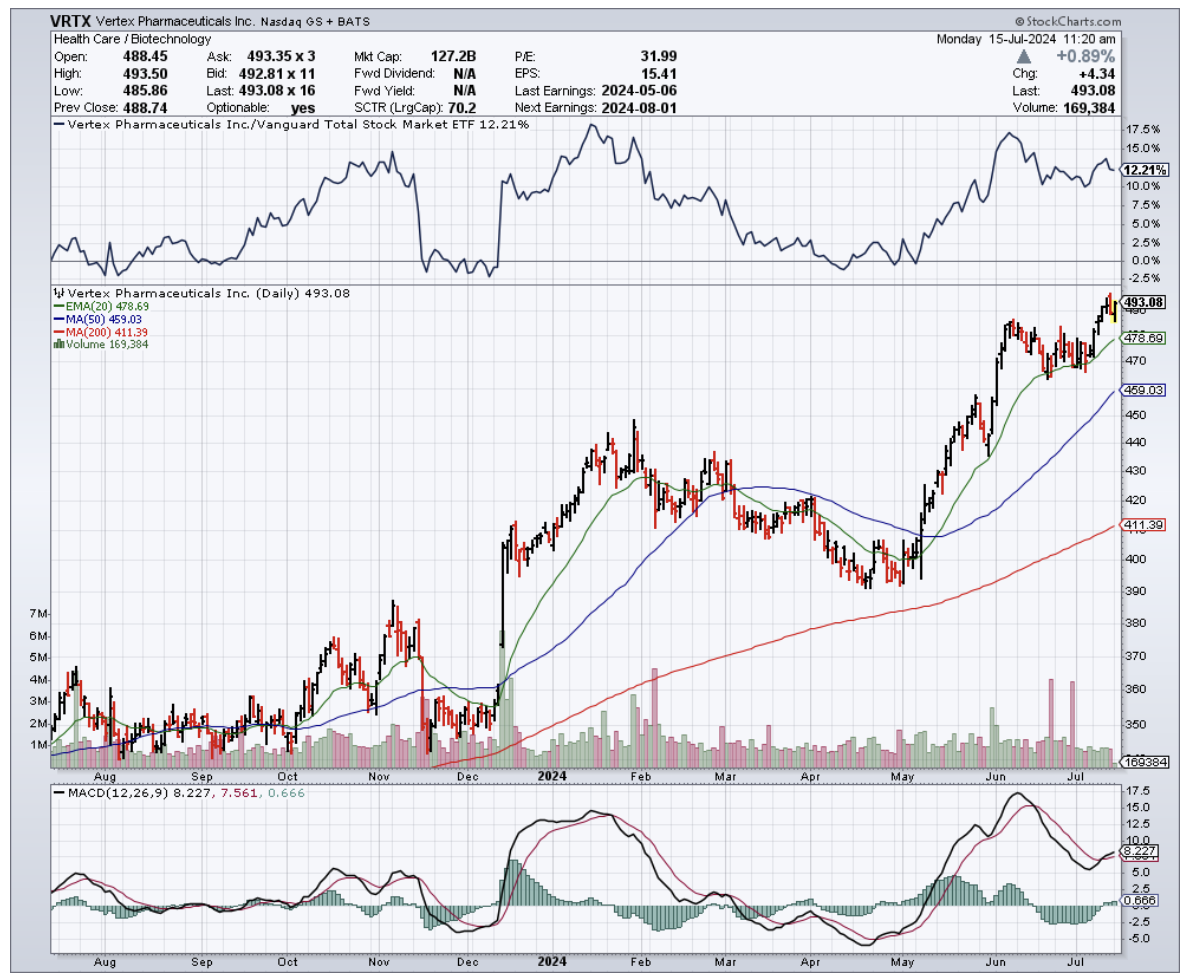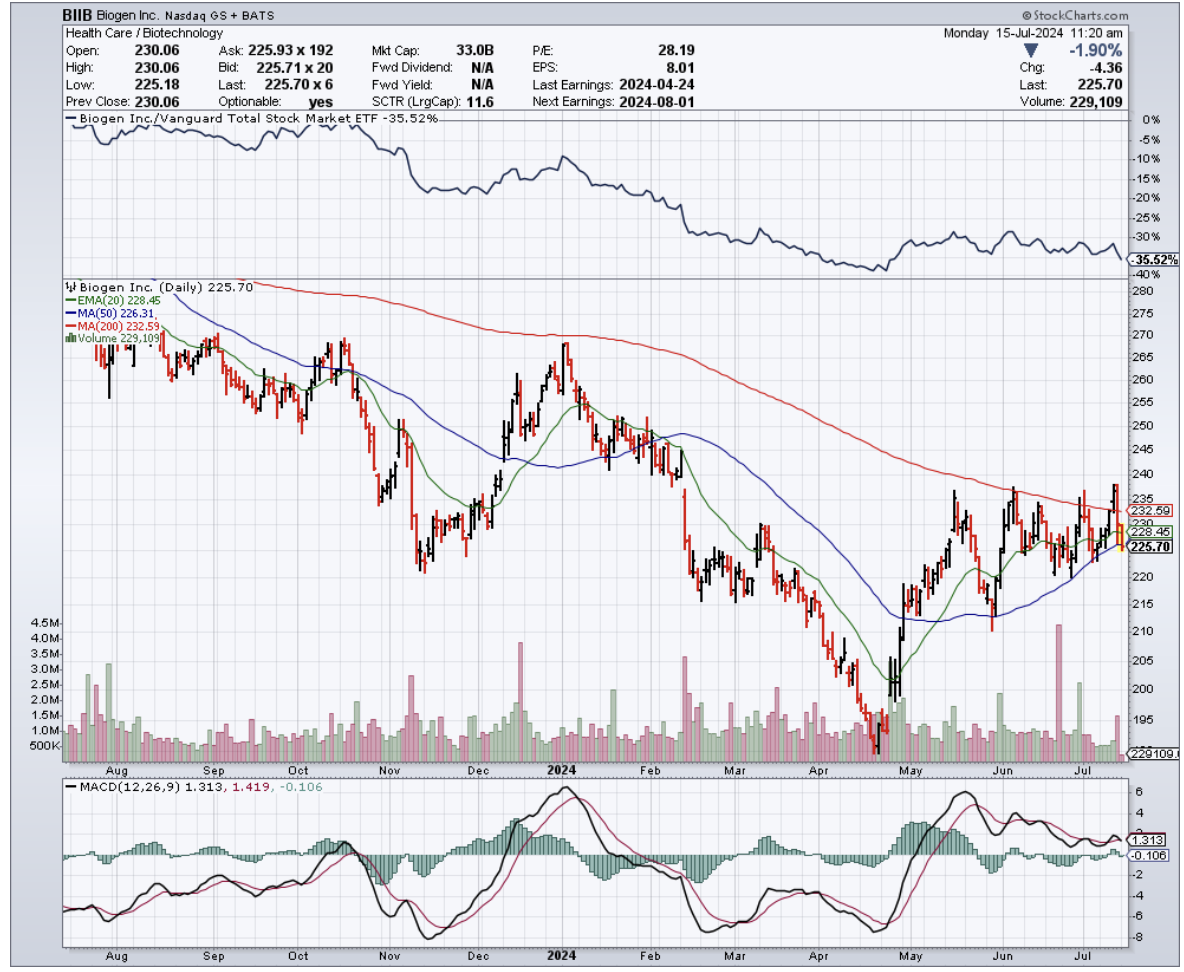Did you know that in the 1890s, scientists tried to cure cancer by injecting patients with... bread mold? (Spoiler alert: it didn't work.)
Fast forward to 2024, and Merck just announced something that makes moldy bread look like, well, moldy bread: their new cancer drug achieved a 100% complete response rate in its Phase 3 trial.
That's doctor-speak for "the cancer completely disappeared in every single patient." Not 99%. Not 99.9%. One hundred percent.
The drug in question is zilovertamab vedotin, and it belongs to a fascinating family of medications called antibody-drug conjugates, or ADCs.
These drugs are essentially molecular delivery trucks - the antibody part knows exactly where to go, while the drug part carries the cancer-fighting payload.
It's a bit like having a microscopic postal service that only delivers to cancer cells, except instead of Amazon packages, it's delivering something more lethal.
The story of how Merck got their hands on this drug is equally interesting.
In 2020, they wrote a check for $2.75 billion to acquire a company called VelosBio. To put that number in perspective, that's enough money to fund a small space program, or if you're feeling particularly eccentric, to buy 5.5 million laboratory mice (a purchase that would probably raise some eyebrows at the bank).
The global market for ADCs hit $7.72 billion in 2023, and some analysts predict it could reach $44 billion by 2029. I asked three different economists to explain these projections and got four different answers, but they all agreed on one thing: it's a lot of zeros.
And, as expected, the competition in this field is intense. Pfizer (PFE) bought Seagen for $43 billion. AstraZeneca (AZN) and Daiichi Sankyo (DSNKY) partnered up for Enhertu, while Gilead Sciences (GILD) nabbed Immunomedics and their wonderfully named drug Trodelvy.
Even Johnson & Johnson (JNJ), which most people associate with baby shampoo and that bottle of Band-Aids in their medicine cabinet, jumped into the fray by buying Ambrx Biopharma.
Then there's Mersana Therapeutics, partnered with Merck. They're smaller than the pharmaceutical giants, but in biotech, size isn't everything. (I once visited a lab where groundbreaking cancer research was happening in a space roughly the size of my kitchen.)
What makes Merck's achievement particularly remarkable is its rarity. In the world of cancer research, getting a 100% response rate is about as common as finding a unanimous decision on social media. It represents a fundamental shift in how we treat cancer, moving from traditional chemotherapy to these precisely targeted treatments.
For investors wanting a piece of this molecular magic, here's the thing: success in biotech isn't like picking a winning racehorse (though both can make your palms equally sweaty).
It's about finding companies that have mastered the three-ring circus of innovation, partnerships, and research pipelines. And yes, I've spent enough time in research facilities to know that "pipeline" is just a fancy word for "stuff we hope works but haven't broken yet."
Merck's perfect score suggests they've cracked one particular code, but companies like Seagen (now part of Pfizer), AstraZeneca, and Daiichi Sankyo are all pushing boundaries in their own ways.
Despite the competition, Merck's recent achievements still look the most promising. The company's breakthrough with zilovertamab vedotin suggests they're not just throwing darts at a laboratory wall - they're onto something big. So when their stock dips, smart money takes notice.
Similarly, Seagen, now under Pfizer's umbrella, looks particularly promising, especially given their established track record in the ADC space and Pfizer's deep pockets. Add them to your watchlist, too.
AstraZeneca and Pfizer, meanwhile, merit a steady "hold" position in your portfolio - like that reliable sourdough starter that keeps producing even if it's not particularly exciting at the moment.
Both companies have proven ADC programs and the resources to weather market volatility, even if they're not currently serving up the kind of headline-grabbing results that Merck just delivered.
Remember those 19th-century scientists with their bread mold? Turns out, they were onto something, even if their execution was a bit... moldy.
And while I wouldn't recommend their treatment methods today (please don't raid your fridge for experimental purposes), their spirit of innovation lives on in every precisely-targeted ADC molecule. After all these years, I guess you could say cancer treatment has finally risen above its moldy beginnings.

